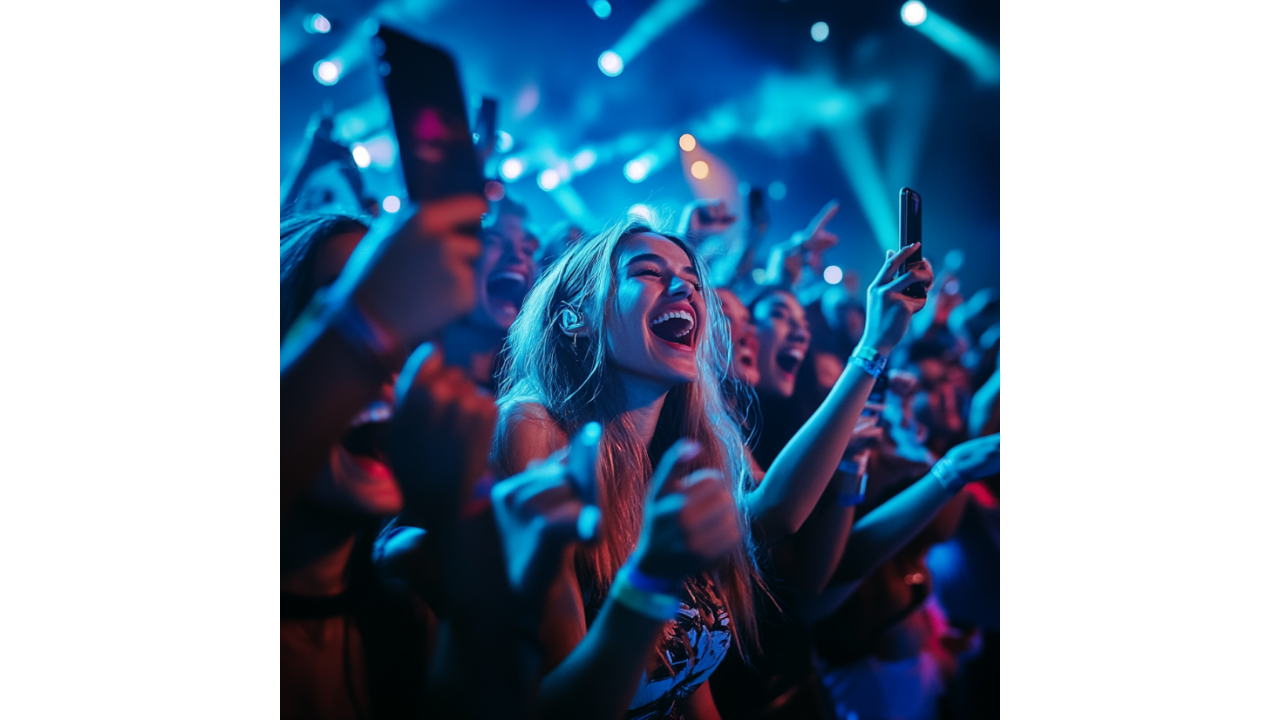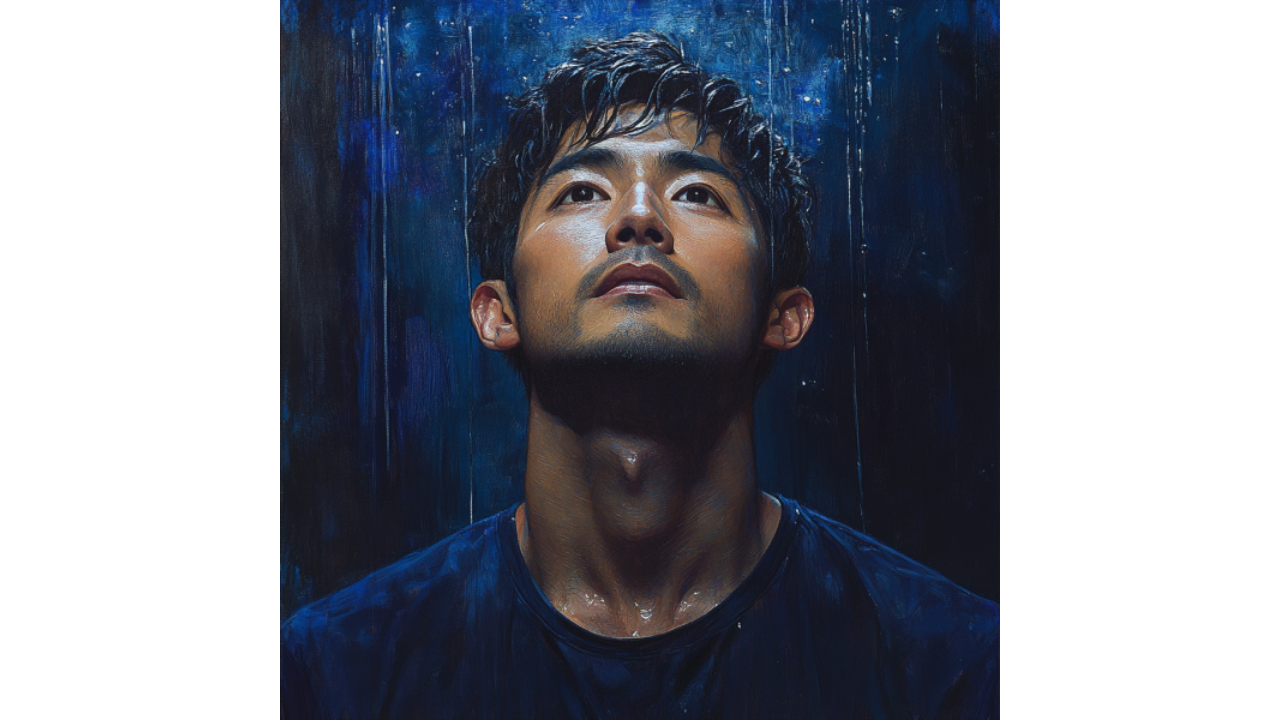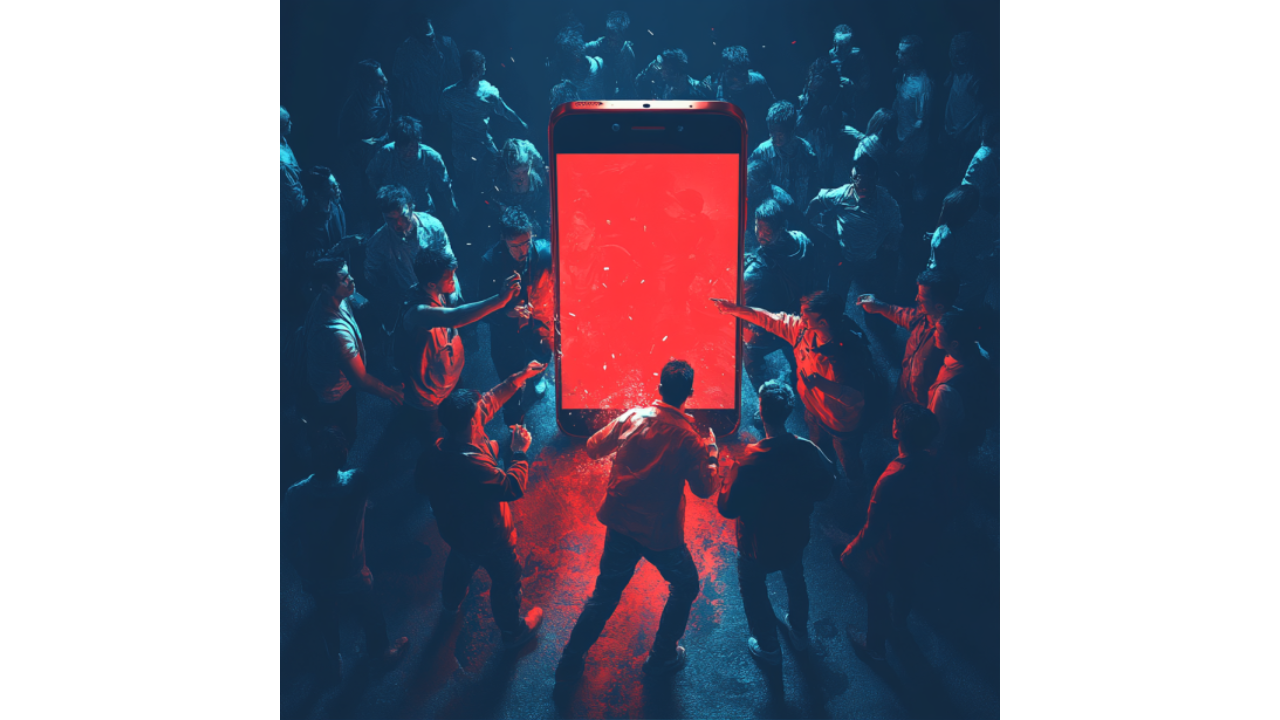3 min read
The Psychology of Virality: What Makes Content Shareable?
 Writing Team
:
Jun 16, 2025 4:46:23 PM
Writing Team
:
Jun 16, 2025 4:46:23 PM

We've all witnessed it: a simple fifteen-second video cascades across the internet, accumulating millions of views while carefully crafted campaigns gather digital dust. The difference isn't budget or production value—it's psychology. Viral content operates on primal human drives that predate social media by millennia. When we understand these forces, we stop chasing algorithms and start speaking to the ancient circuits that compel us to share stories around digital campfires.
The Emotional Engine of Virality
At virality's core lies emotional arousal—content that quickens the pulse demands to be shared. Research from the Wharton School demonstrates that high-arousal emotions like awe, excitement, and anger drive 34% more sharing than low-arousal states like sadness or contentment. This explains why outrage marketing works, but also why joy-inducing content spreads like wildfire.
The physiological response is immediate: dopamine floods our system when we encounter something remarkable, creating an urgent need to broadcast our discovery. We're not just sharing content—we're sharing the chemical high that accompanies it. Brands that master this understand they're not competing for attention spans; they're competing for neurochemical real estate.
The Novelty Imperative and Social Currency
Humans are pattern-recognition machines hardwired to notice anomalies. Novelty triggers our ancient survival mechanism—the unexpected might be dangerous, but it might also be advantageous. In digital spaces, this translates to our insatiable hunger for the new, the weird, the previously unseen.
But novelty alone isn't enough. Content must also serve as social currency—a way for sharers to signal their identity, values, or insider knowledge. When someone shares a piece of content, they're essentially saying, "This represents something about who I am." Smart brands create content that makes their audience look smart, funny, or culturally aware for sharing it.
The Tribal Signal System
Social identity theory reveals why certain content spreads within specific communities while dying elsewhere. We share content that reinforces our tribal membership—political viewpoints, lifestyle choices, professional affiliations. Each share is both self-expression and group solidarity.
This tribal dynamic explains the phenomenon of "cultural virality"—content that explodes within niche communities but never breaks into mainstream consciousness. A marketing strategy targeting developers will go viral differently than one aimed at wellness enthusiasts. The psychological triggers remain constant; the cultural markers change.
The Mirror Neuron Effect
Recent neuroscience research has illuminated the role of mirror neurons in content sharing. These specialized cells fire both when we perform an action and when we observe others performing it. Applied to digital content, this means we're neurologically programmed to share experiences that we can viscerally relate to.
The most shareable content creates what researchers call "embodied empathy"—we don't just understand the content intellectually; we feel it in our bodies. This explains why transformation videos, physical comedy, and emotional testimonials spread so effectively. We're not sharing content; we're sharing felt experiences.
Case Study: The Authenticity Paradox in Viral Marketing
Ocean Spray's unexpected partnership with Nathan Apodaca (DoggFace208) perfectly illustrates viral psychology in action. When Apodaca's TikTok video of him skateboarding while drinking cranberry juice and lip-syncing to Fleetwood Mac went viral in 2020, it contained every element of shareable content: unexpected novelty (skateboarding + cranberry juice), high-arousal emotion (pure joy), and authentic self-expression.
The genius of Ocean Spray's response wasn't in their immediate gifting of a truck filled with cranberry juice—it was in their restraint. They amplified Apodaca's authentic moment without trying to control or corporatize it. The authenticity remained intact, allowing the content to continue spreading organically while associating the brand with genuine human joy.
This case demonstrates a crucial principle: viral content cannot be manufactured, but it can be recognized and responsibly amplified. The brands that succeed in viral marketing are those that create conditions for authenticity rather than trying to engineer specific outcomes.
The Algorithm Whisper: Creating Conditions for Virality
While we cannot guarantee virality, we can optimize for it by understanding the psychological levers at play. Content succeeds when it simultaneously triggers emotional arousal, provides social currency, reinforces identity, and feels genuinely human. The most effective viral content feels both inevitable and surprising—as if the internet had been waiting for exactly this message.
The future belongs to brands that understand they're not in the content business—they're in the human psychology business. When we create content that honors the deep psychological drives behind sharing behavior, we're not just hoping for virality; we're architecting the conditions where authentic human connection can flourish at scale.
Ready to harness the psychology of virality for your brand? At Winsome Marketing, we specialize in creating content strategies that speak to the deepest human motivations while maintaining authentic brand voice. Let's explore how psychological insight can transform your content from forgettable to unforgettable.

YouTube SEO Checklist
With over 500 hours of video uploaded every minute, YouTube is a highly competitive platform where standing out is crucial. To rank well and get your...

2 min read
Rethinking Lead Generation: The Power of Value-Driven Connections
At Winsome Marketing, we believe lead generation is about more than capturing contacts—it’s about creating meaningful connections from the first...


